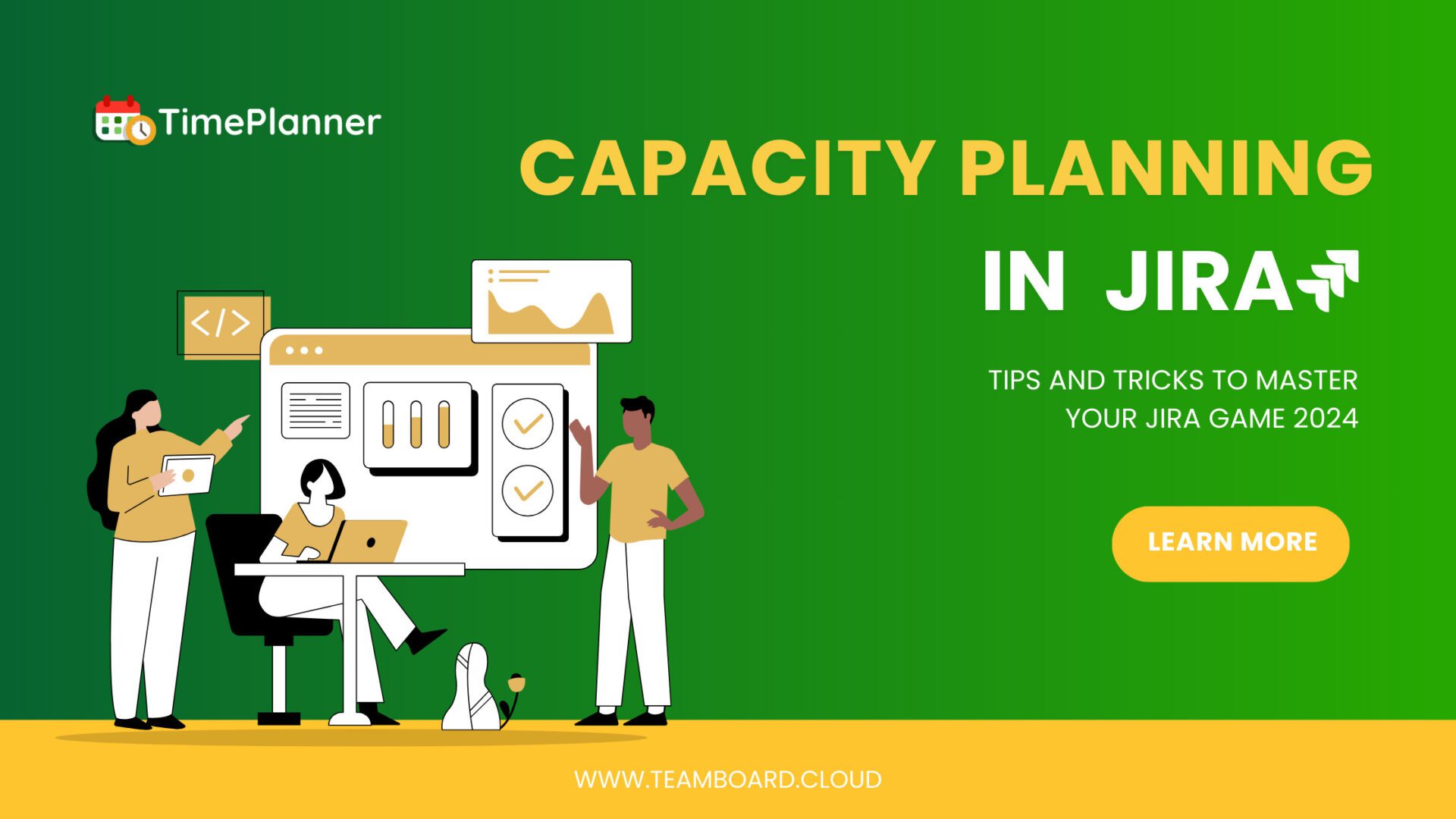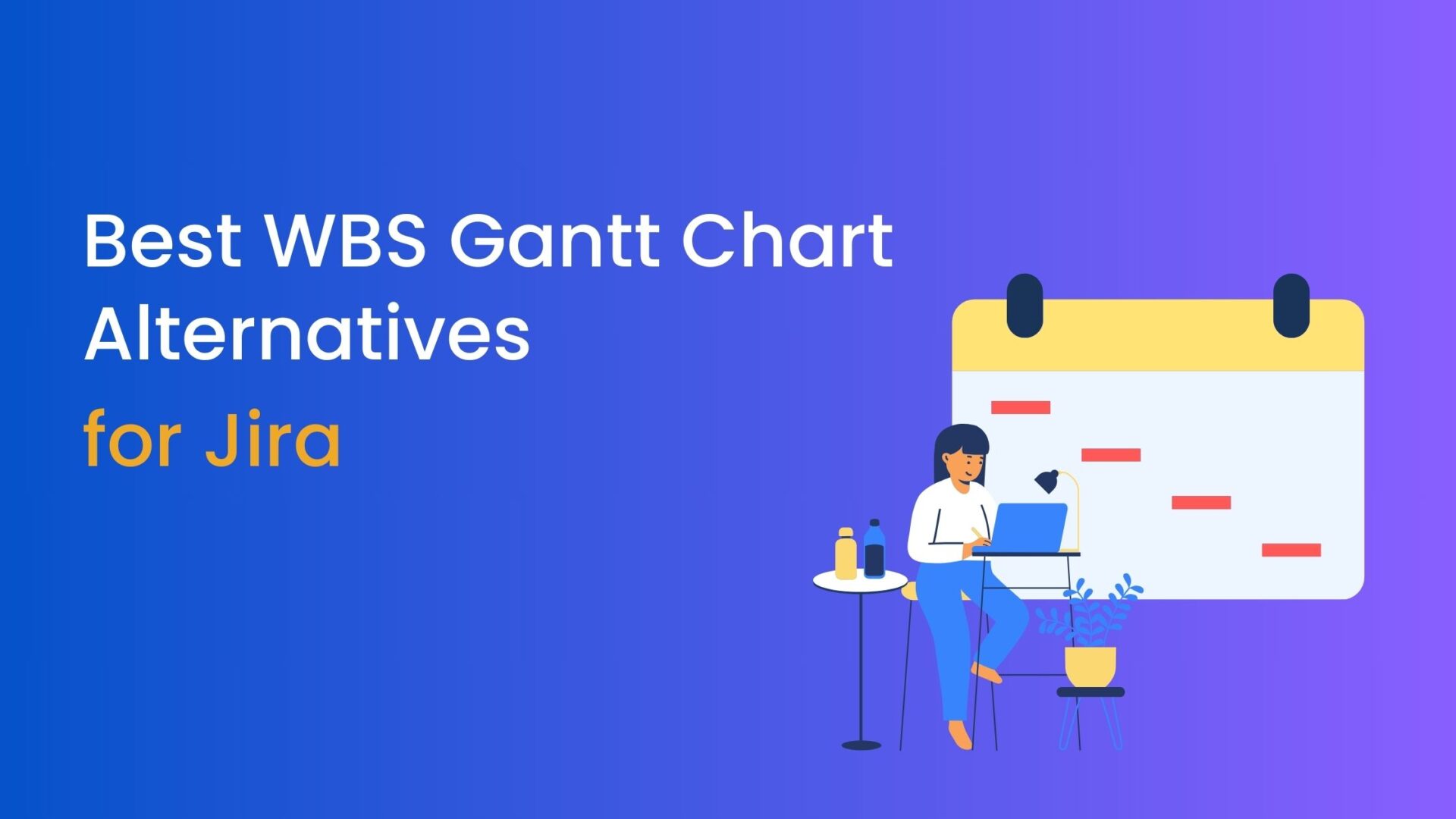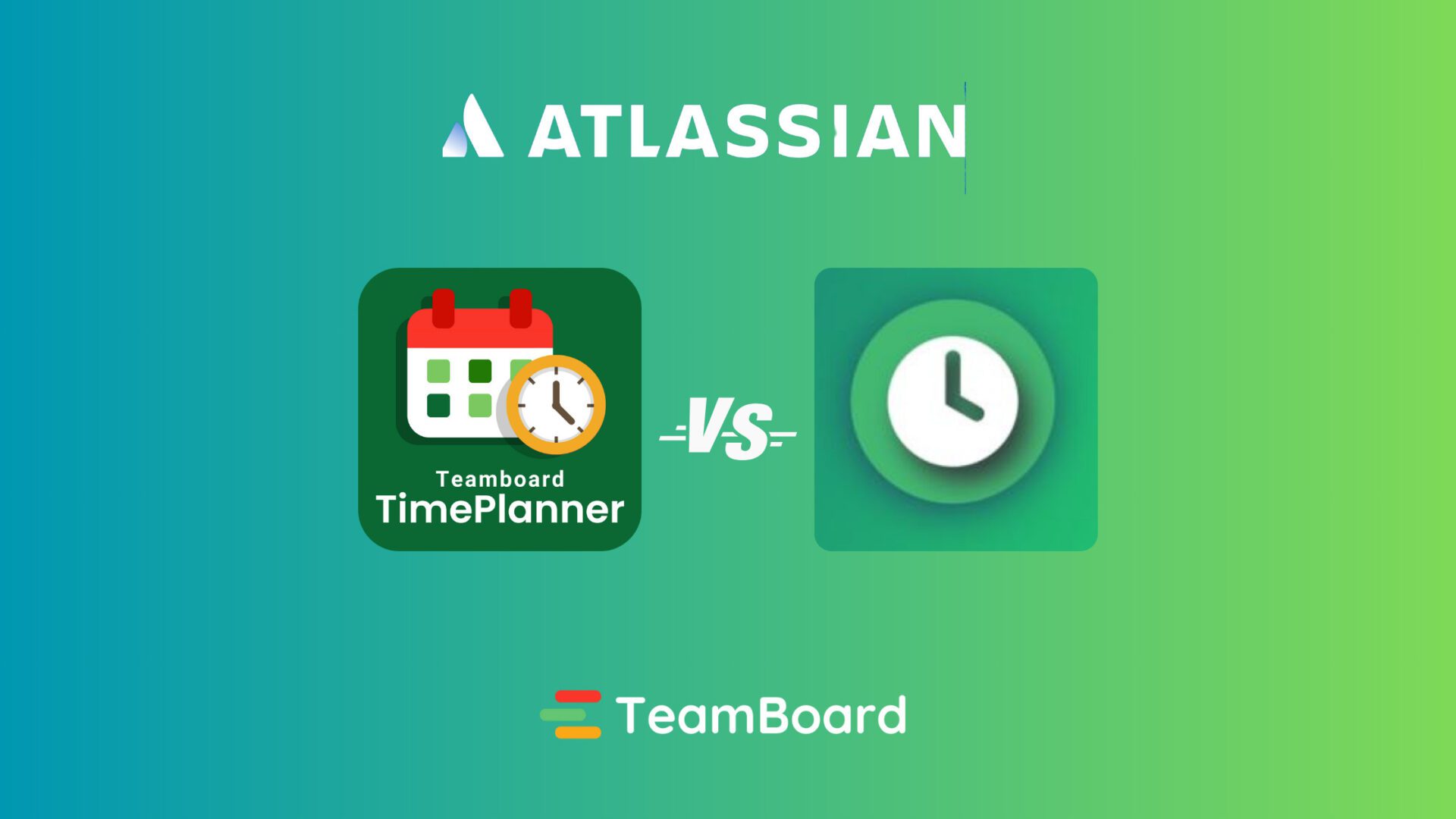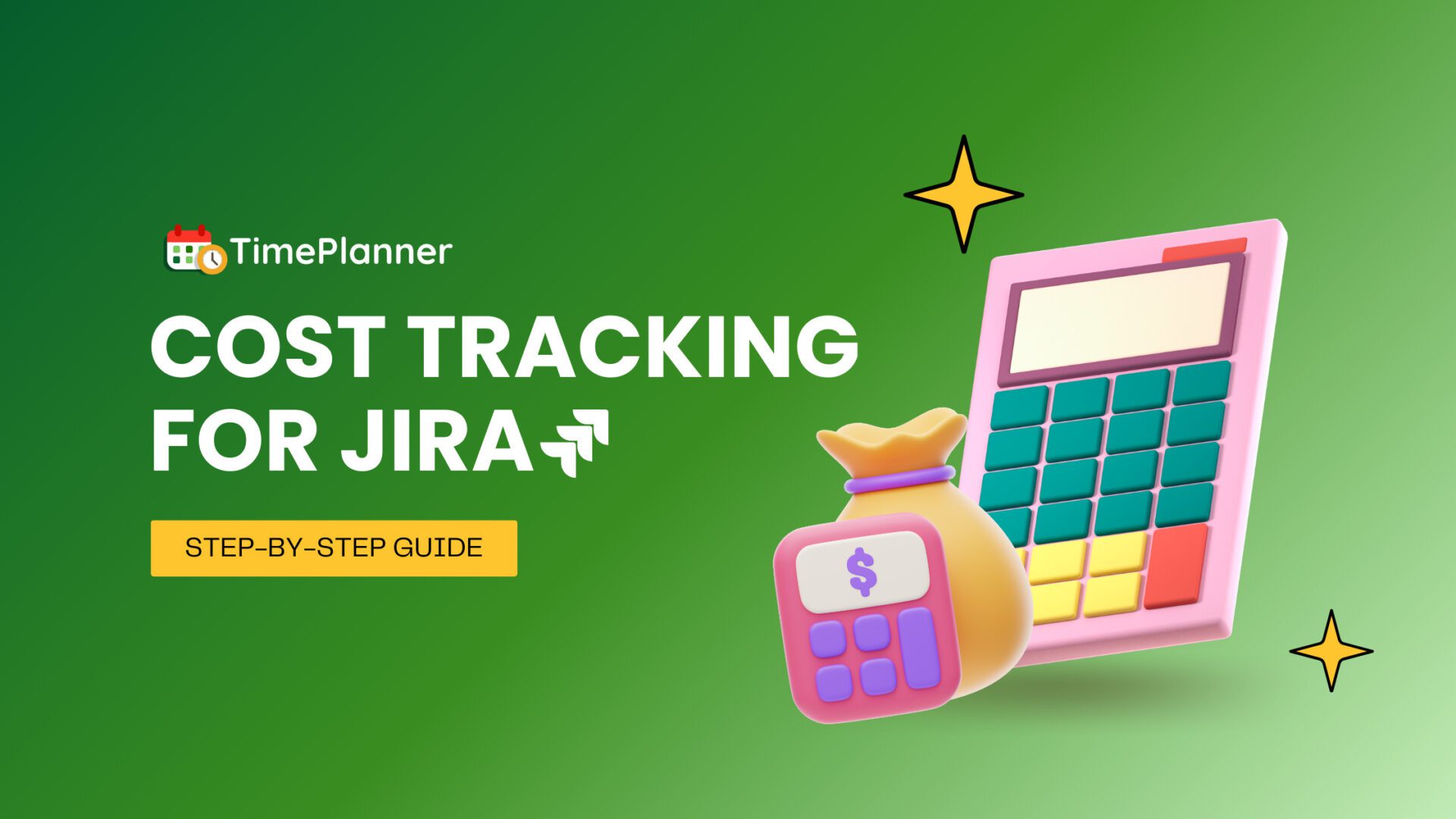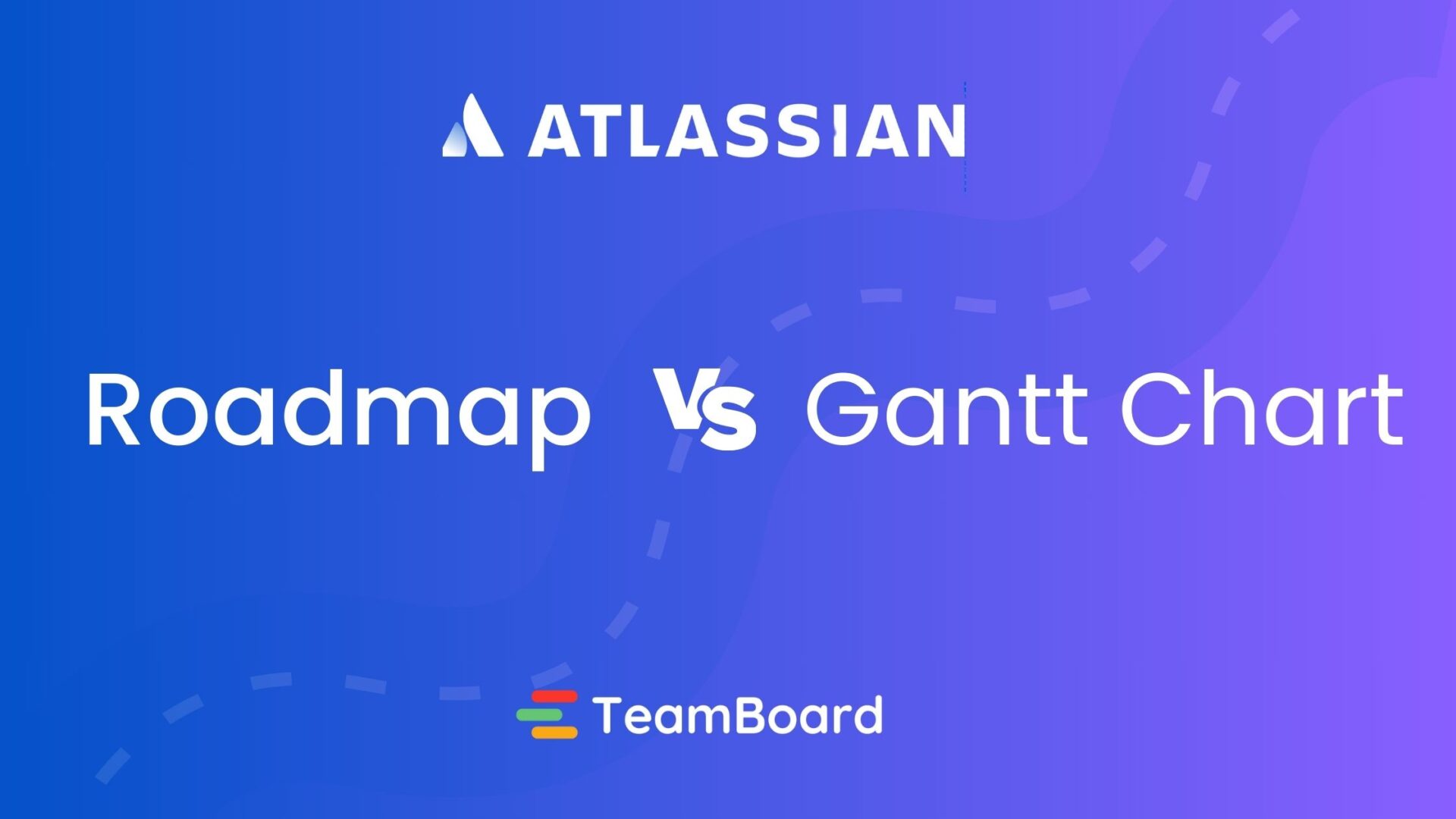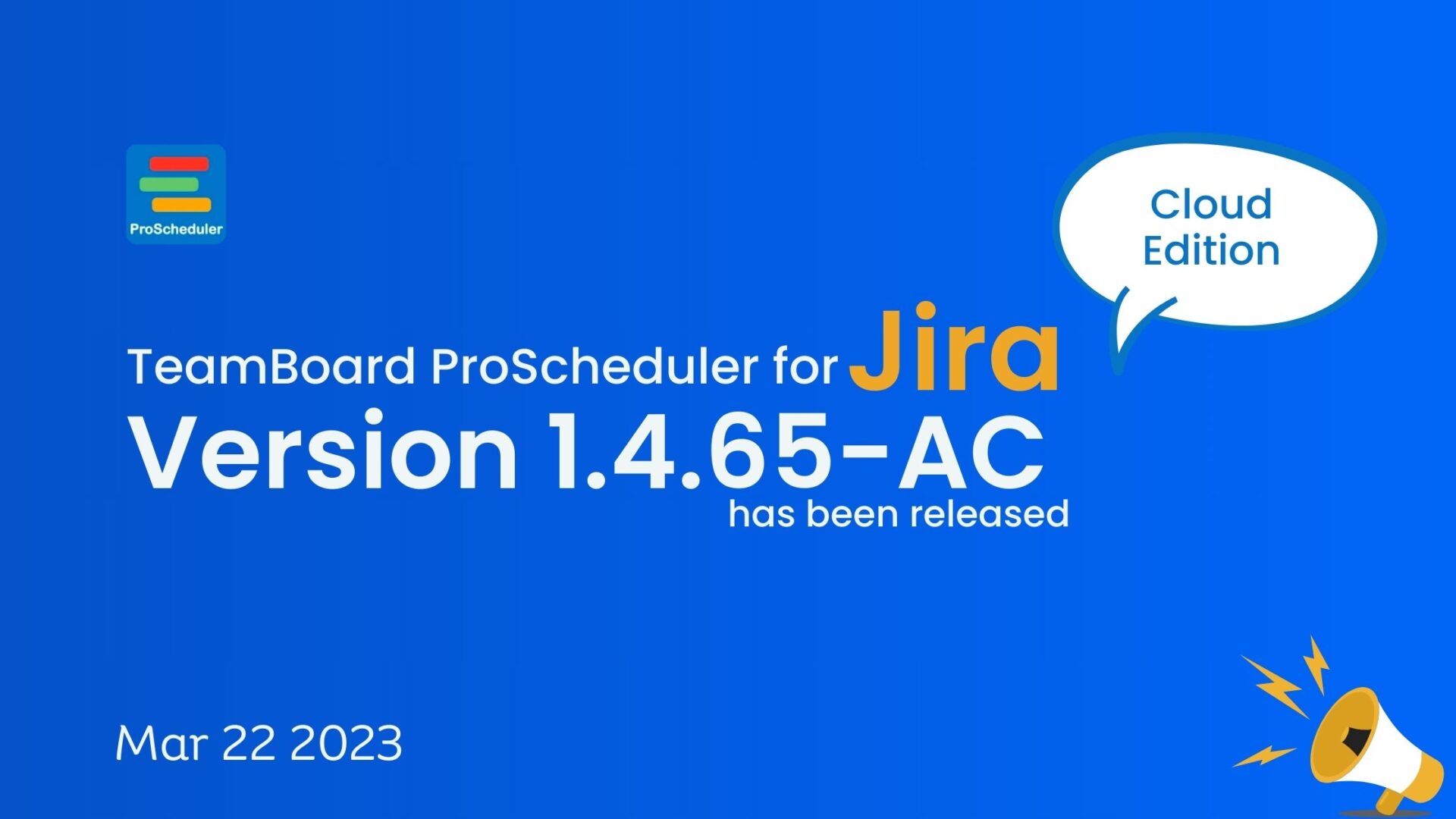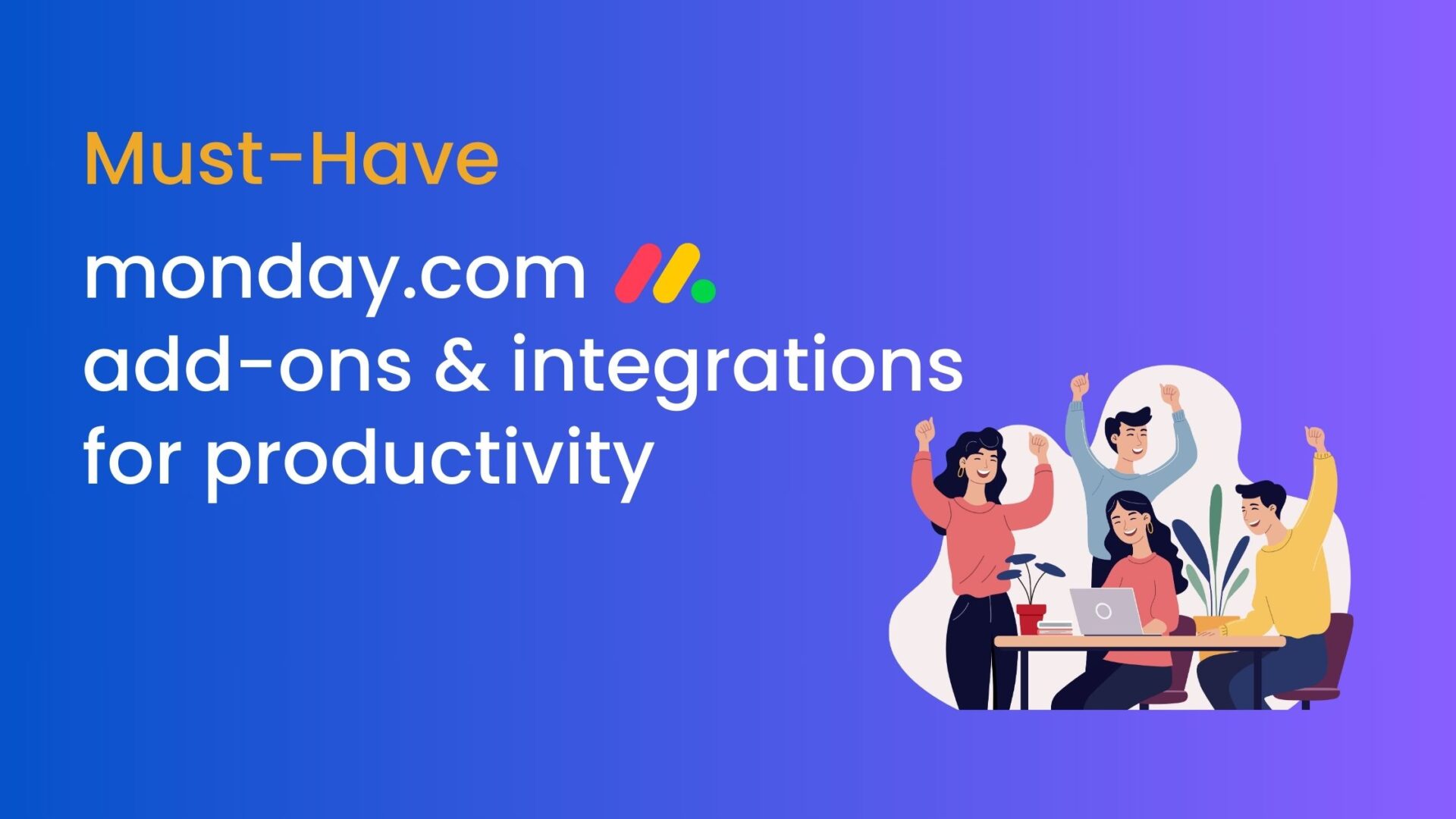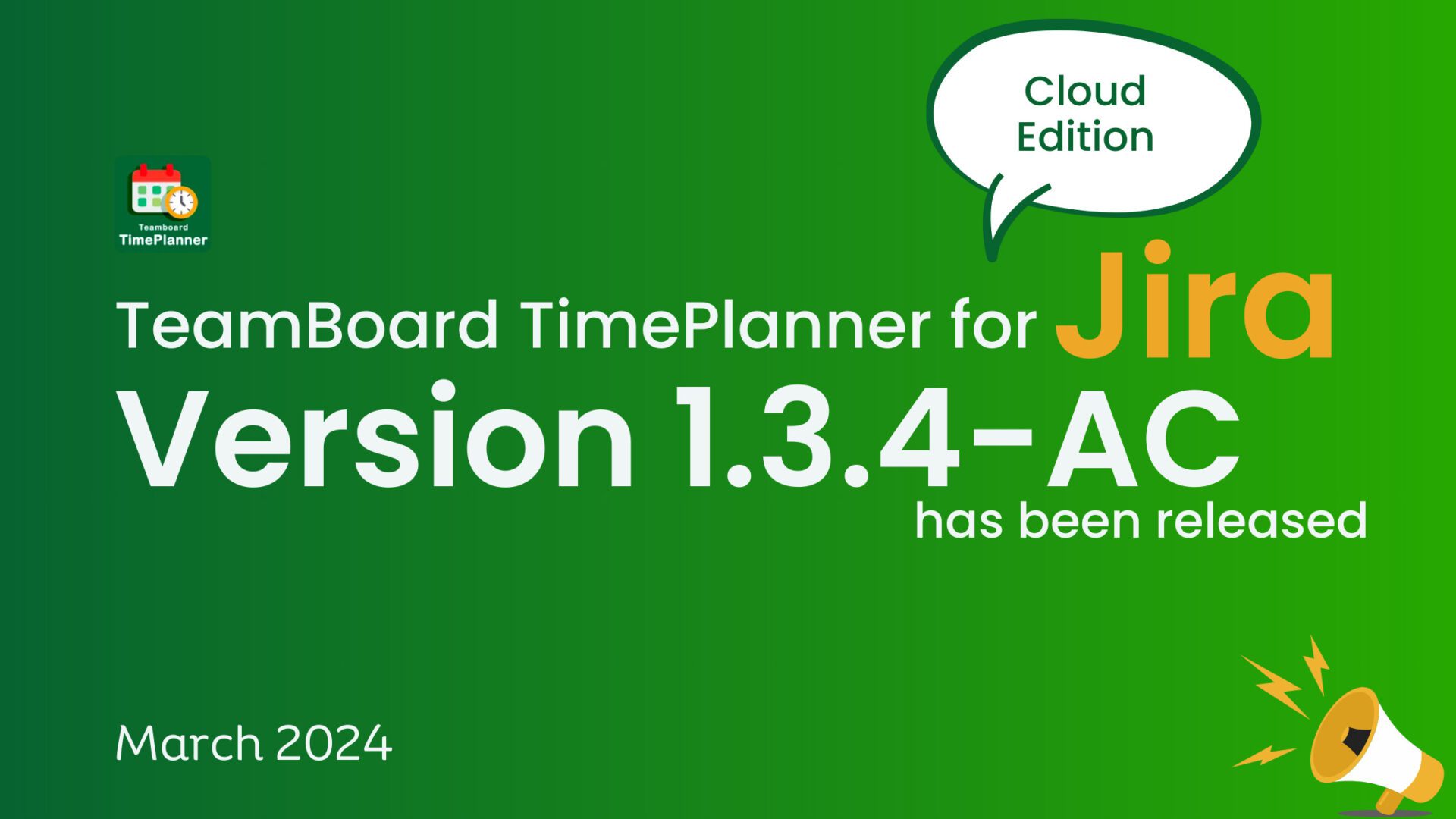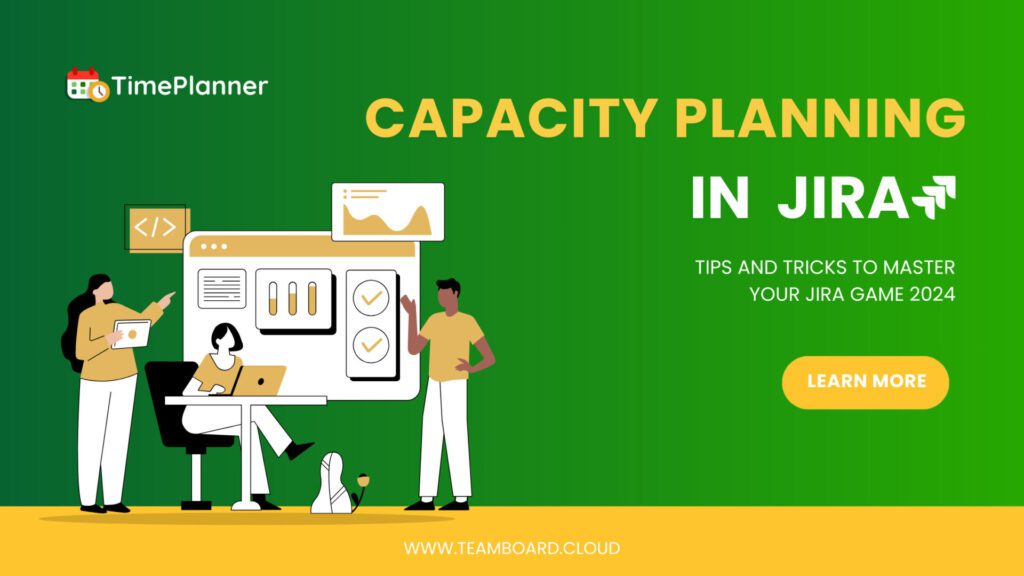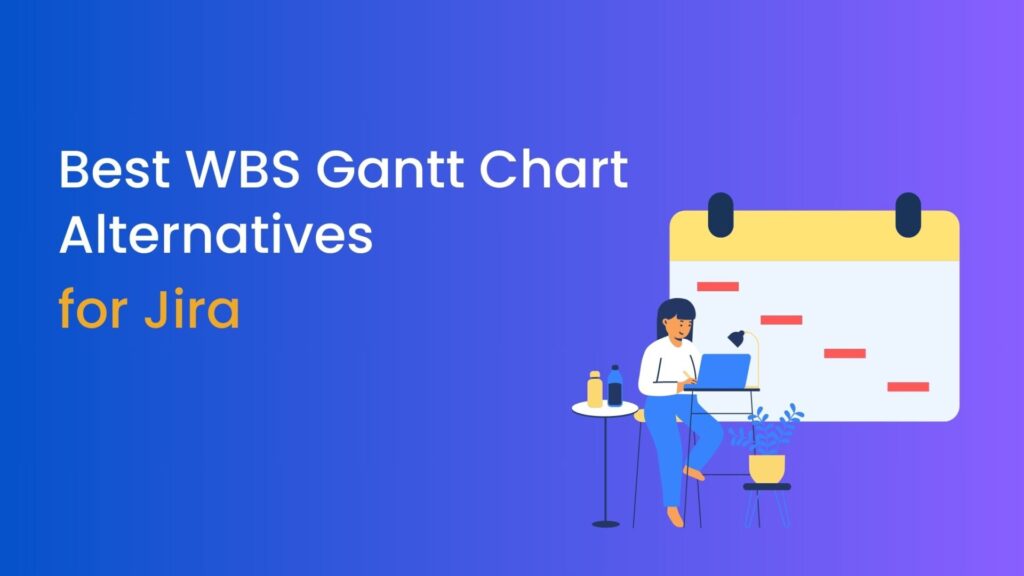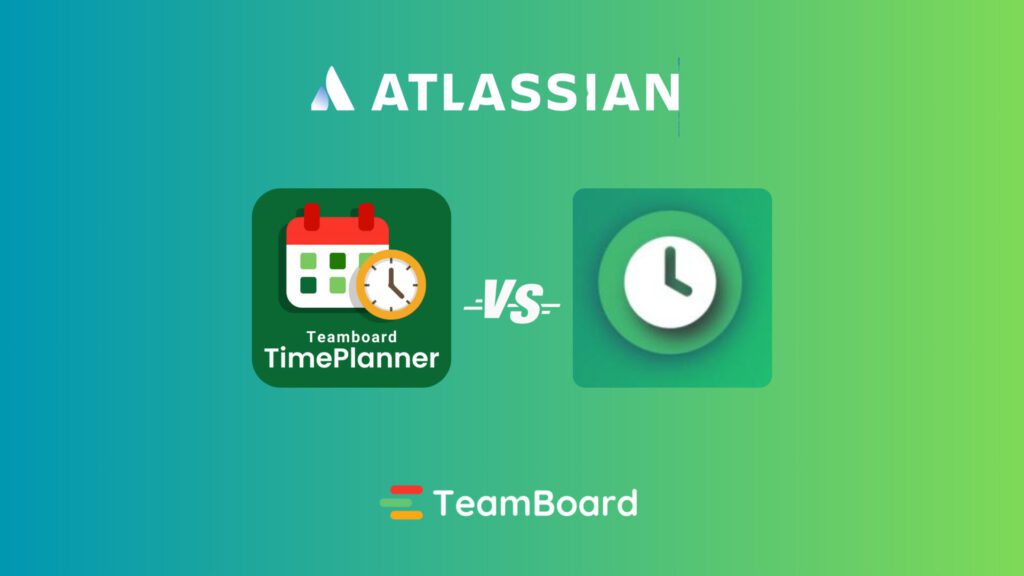About half of top executives recently surveyed by CNBC expect to maintain their current hybrid workforce model in the second half of 2021. Accenture places 63% of high-growth companies already in a hybrid work arrangement. The fact is any small movements towards work at home situations have been accelerated by the recent global impact of the pandemic on traditional work models.
To manage and facilitate these new changes, businesses need to adjust how they conduct resource planning. There are more moving pieces, human assets, and technology-based communication needs now than ever. That will require a different kind of resource management system, and preferably one with an easy-to-understand visual user interface.
Table of Contents
What is a Hybrid Work Model?
Traditionally, workers would commute to their local office location, work the entire shift, and head home for the day. Maybe there would be some enrichment activity like a birthday or special event in the break room, but otherwise, that was the industrial idea of a well-functioning business environment.
That model has been fractured by the advent of highly capable technology and social norms where a work-life balance is prioritized over a well-dressed cubicle. Many businesses in today’s fast-paced marketplace have adapted to new models, including Remote-First, Office-Occasional- and Office-First, Remote Allowed.
These are all types of working environments with a lot less strict adherence for employees and management operating out of the main office building. This means they can perform the necessary functions of their work from remote locations using a laptop and smartphone.
While many in the business world have shown some apprehension for work from home hybrid models, they have had to adjust because of the pandemic. The good news is that this hasn’t adversely affected productivity. In fact, a recent study by Stanford found that productivity among a group of 16,000 workers increased by 13%, and attrition rates were cut by 50%.
What Does This Mean for Resource Management?
There is a growing trend in business news outlets to shift the phrase from remote work to strategic flexibility. This is because there is a light at the end of the pandemic tunnel where more and more businesses are starting to realize they have new operating cost opportunities related to maintaining some form of work from home solution.
In order to capitalize on these changes, a high-functioning resource management and resource planning strategy need to be implemented. Both of these critical tasks involve the proper planning, scheduling, and allocating of people, assets, and technology to ensure a project is completed or workload benchmarks are met in a timely fashion.
Resource management is all about doing more with less, and that is challenging when your workforce is suddenly stretched out geographically. While some companies didn’t experience a shift because they were already geared towards this model, many businesses are having to pick up the productivity trail and adapt to new working scenarios.
Equipping your team with powerful software and communication tools to overcome these new challenges will be required if you wish to compete in the global marketplace as it transforms.
How Does Resource Management Help Hybrid Workers?
Hybrid workers are facing a world of new concepts. Instead of relying on babysitters, schools, and family members to manage the house while they’re away, they must instead find a quiet, safe space to complete their work, free from interruption. This can be an uphill battle considering all the demands of family, work, life, and social groups. It’s tough to hold a Zoom call when your three-year-old is singing to the latest Disney hit at the top of their lungs in the background.
Implementing a robust project management application like those available from TeamBoard will drastically reduce the growing pains in your infrastructure as your business solidifies your hybrid work models. This allows your management team to avoid most unforeseen hiccups because it places value on discovering any gaps or problems in your resource planning before they happen. With so many people working their own set hours, you need a comprehensive time management solution to make sure every job is being completed with the appropriate coverage.
This also isn’t just meant for the company. For example, consider the high rates of burnout among work from home employees. Nearly 69% report expiring burnout symptoms impacting productivity. Having a solid resource planning system in place reduces the chances for team burnout because it shifts and balances workloads without adding extra demand on any single individual unless needed and communicated first.
Hybrid workers will appreciate how resource management provides transparency and a sort of safety net to ensure the work is completed. By having a visual representation of all resources and assets, you empower management and other teams to quickly evaluate the working bandwidth of the group. This way, you avoid any off-balanced loading of new projects.
Most importantly, proper resource management measures the overall efficiency of every single member involved in the project being completed. With this metric, your business can continue to actively monitor how well hybrid work models are performing in your specific industry. What works well for Tesla or Apple may not be the same for 3M or GM.
Building Powerful Resource Management Tools with TeamBoard
Introducing an innovative and highly visual resource management tool from the experts at TeamBoard to improve your business productivity. This is a highly visual timeline for planning and managing multiple projects at once, without having to mess with numerous excel or spreadsheet applications. Now you can address your Jira-related issues using the simple Gantt chart layout of the application through a comprehensive tab and timeline-based structure.
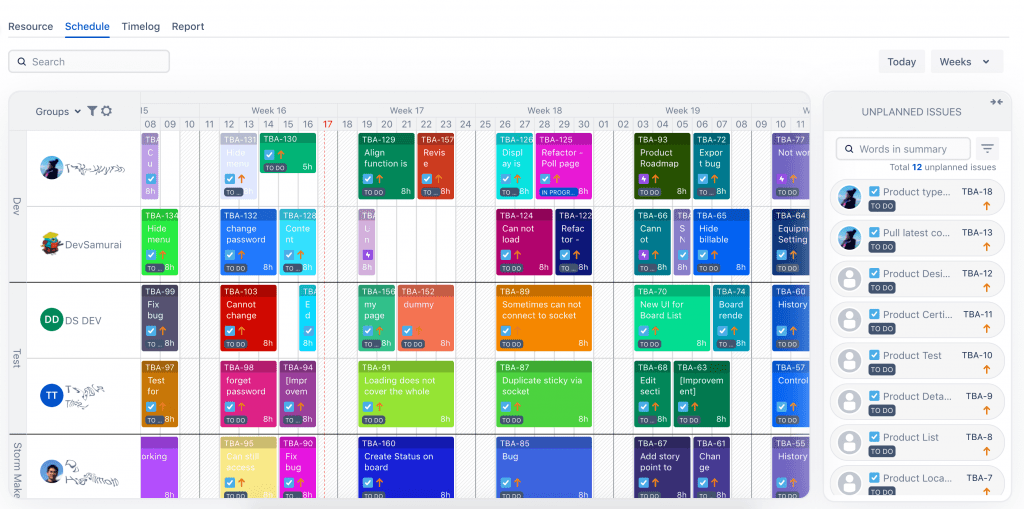
TeamBoard is a result-oriented visual planning tool that works directly with Jira. You can easily manage your team’s capacity and monitor the work and project development over time. This enables your team to visually see where the current workloads are placed by a shared representation of all project benchmarks. That way, those workers still in their PJs at home can stay updated and on task with those in the office sipping their fourth cup of coffee.
You’ll also gain access to valuable reporting tools that inform management and leadership on how well the work is allocated, supported, and completed by all involved parties. The time tracking tools alone are more than worth the integration as they help your HR department issue corrected paychecks via a clear and concise timesheet dashboard.
The entire system is built natively to integrate with Jira and uses drag and drop visual systems to plan, resize projects, and schedule time. You can give the resource management software a free trial at https://teamboard.cloud/ by clicking on the “Try Now” button. They have a strong customer support team to answer any questions about how you can onboard their systems.
Wrapping it Up
The modern workplace has changed forever. More and more, we are seeing companies react to hybrid working models with positivity. Instead of scrambling to find solutions that ensure a beneficial relationship between your business goals and your workforce, give TeamBoard a try. You’ll be able to elevate the capabilities of your resource management team by adequately planning and allocating time, money, and human assets so the projects can maintain high completion rates.



